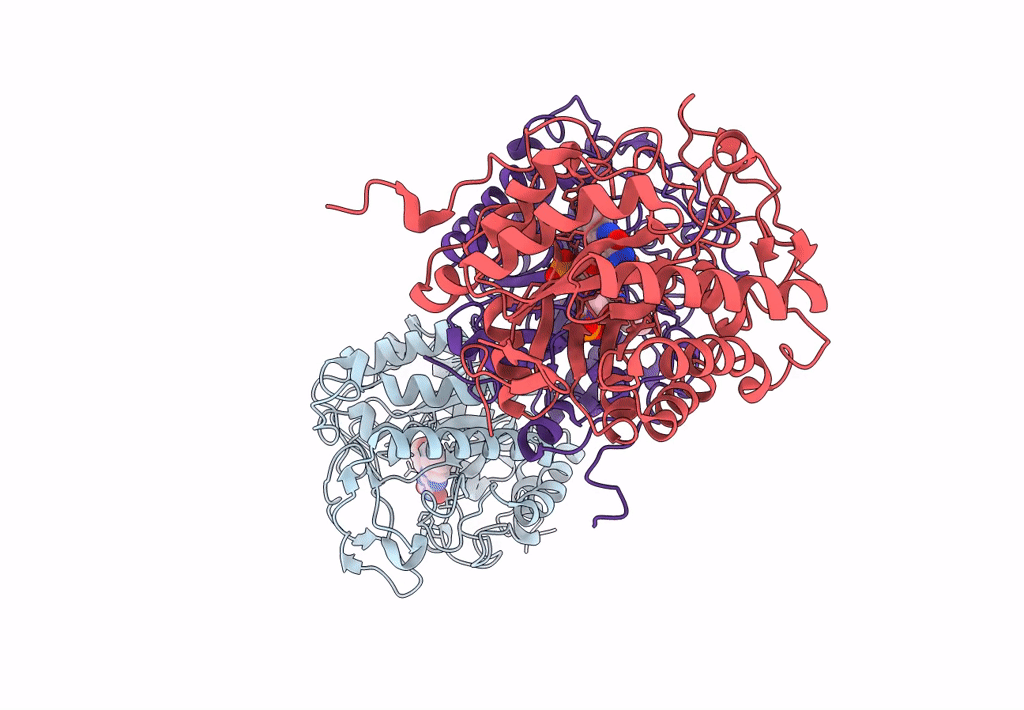
Deposition Date
2023-01-20
Release Date
2023-06-28
Last Version Date
2023-10-25
Entry Detail
Biological Source:
Source Organism:
Gluconobacter oxydans (Taxon ID: 442)
Host Organism:
Method Details:
Experimental Method:
Resolution:
1.50 Å
R-Value Free:
0.27
R-Value Work:
0.26
R-Value Observed:
0.27
Space Group:
P 1


